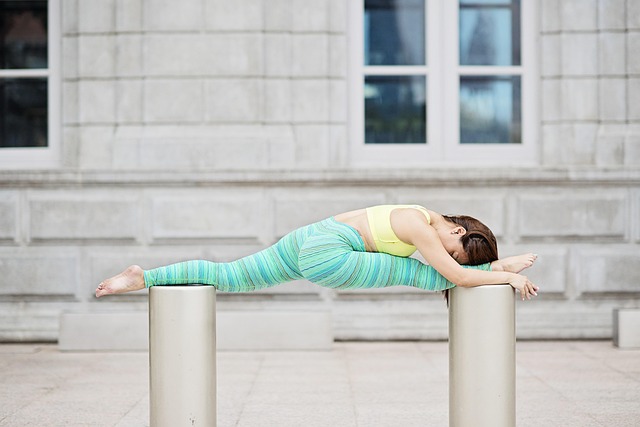Maximizing Mobility: Understanding Joint Dislocation in Fitness Training
When it comes to achieving our fitness goals, mobility is a crucial component that often gets overlooked. Whether you’re lifting weights, running, or practicing yoga, maintaining joint health and flexibility is essential to avoid injuries and improve performance. One significant concern in the world of fitness training is joint dislocation, a painful condition that can hinder your progress and compromise your active lifestyle.
Joint dislocation occurs when the bones that form a joint are forced out of their normal position. This can happen due to various factors, including trauma from sports injuries, falls, or even repetitive stress from certain activities. Understanding the significance of joint dislocation is vital, as it can lead to not only immediate pain and discomfort but also long-term joint instability and reduced mobility.
Fitness and Joint Dislocation
For those who lead an active lifestyle, the thought of a joint dislocation can be daunting. Picture yourself in the middle of an intense workout, pushing your limits, when suddenly, a misstep leads to a dislocated shoulder or knee. It’s a scenario that can derail your entire fitness journey. But by understanding your body’s mechanics and predicting potential risks, you can develop a training regimen that prioritizes mobility and flexibility.
The Role of Training in Preventing Joint Dislocation
Incorporating proper training techniques can significantly reduce the likelihood of joint dislocation. This involves working on strength imbalances, enhancing flexibility, and engaging in activities that support joint integrity. For instance, integrating exercises that promote range of motion, such as dynamic stretching and mobility drills, can help prepare your joints for the stresses of physical activity.
Additionally, strength training plays a crucial role in supporting joint stability. Targeting the muscles surrounding your joints through resistance exercises can create a buffer against potential injuries. Whether you’re performing squats to strengthen your knees or push-ups to stabilize your shoulders, focusing on building strength will fortify your joints, making them less susceptible to dislocation.
Health and Recovery from Joint Dislocation
If you do experience a joint dislocation, it’s essential to prioritize recovery. Seek immediate medical attention to ensure that the joint is properly reset. Following medical advice, engage in rehabilitation practices that focus on restoring strength and mobility. Gradually introducing low-impact exercises can help re-establish joint function without risking further injury.
During recovery, it’s crucial to listen to your body. Engaging in gentle activities like swimming or cycling can maintain your fitness level while promoting healing. Always consult with a healthcare professional before resuming more rigorous training to ensure your joints are ready to handle the demands of your fitness routine.
Activity Considerations
Overall, awareness is key to maximizing mobility and preventing joint injuries like dislocation. Keep in mind that activities such as gymnastics, contact sports, or intense weightlifting carry a higher risk of joint dislocation. Understanding this allows you to prepare adequately, either by strengthening the affected areas or opting for modifications to your training.
As you pursue your fitness goals, remember that your body is a complex organism that thrives on balance and care. By prioritizing mobility through thoughtful training and taking the necessary precautions, you can enjoy a fulfilling, active lifestyle while minimizing the risks associated with joint dislocations.




